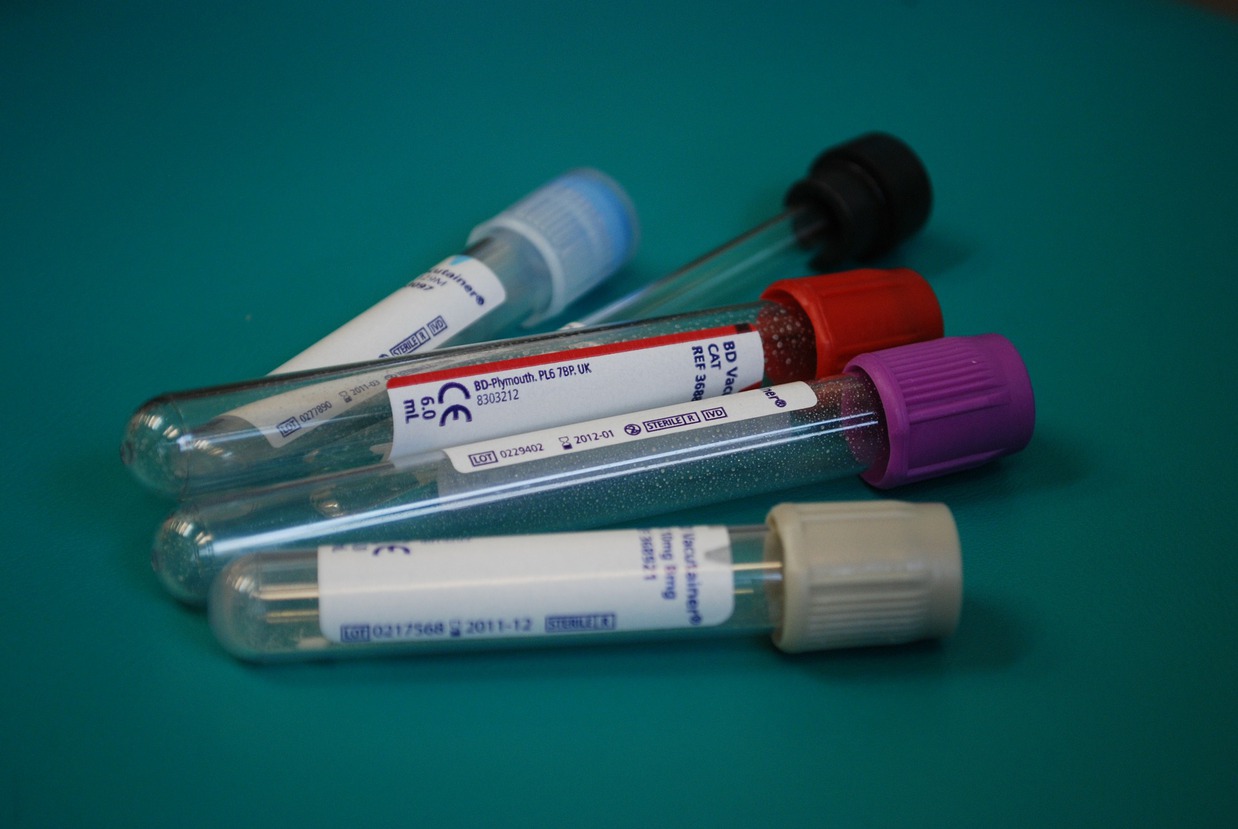
- Posted
- Categories
-
- OpenPathology
OpenPathology: Issues with reference ranges — Part 2
This is the second installment in our series of commentaries on reference ranges used to interpret pathology test results. Here we describe two issues relating to how meaningful reference ranges are.
Reference ranges are usually indicators of statistical outliers in a healthy reference population
The most common type of reference range is defined as the interval between which 95% of the values of a healthy reference population fall into. In other words, 2.5% of the time, healthy people will have haemoglobin concentrations less than the lower limit.


















